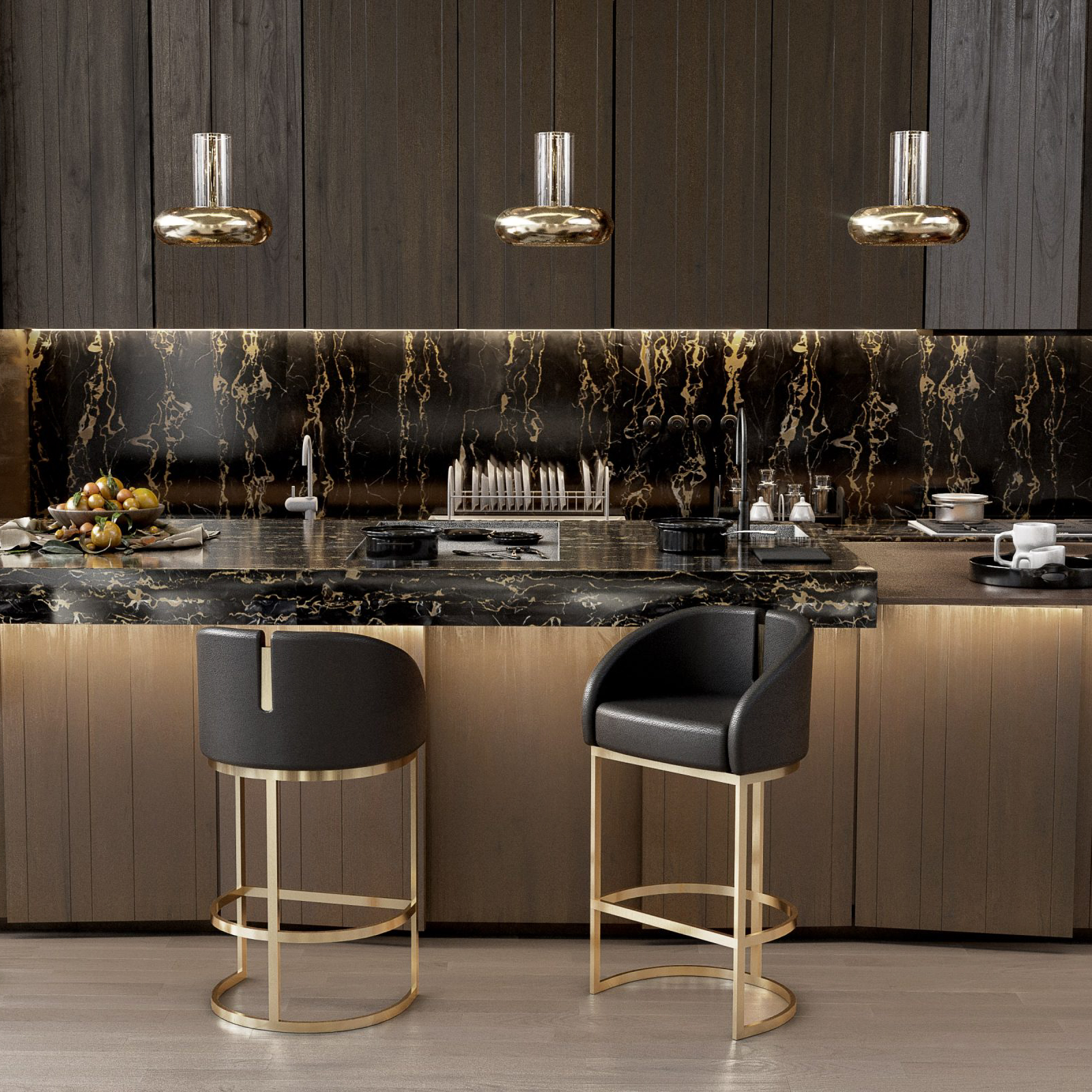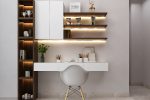Introduction
Lighting is a crucial aspect of interior design. It not only provides necessary illumination but also sets the tone for the space. Extension lighting is a term used to describe the additional light fixtures installed in homes apart from the primary lighting source. These lights serve a different purpose and add character to the room. This article discusses extension lighting and its benefits.
Types of Extension Lighting
There are numerous types of extension lighting, such as decorative lights, accent lights, task lights, etc. Decorative lights are used to make a statement and add to the aesthetic appeal of the room. Accent lights accentuate the artwork or décor in the space. Task lights are designed to provide bright and focused light for specific tasks such as reading, cooking, or working. Extension lighting can be installed in various parts of the room, such as the ceiling, walls, and even the floor.
Benefits of Extension Lighting
Extension lighting has several benefits. First, it allows for customization and flexibility in lighting design. Homeowners can choose specific light fixtures based on the purpose and aesthetic value they want to achieve. For instance, in a study room or home office, task lighting should be brighter, whereas in a living room, the lighting should be more subdued and decorative.
Second, extension lighting can improve the functionality of the space. Suppose you install track lighting in the kitchen; you can direct the light to focus on the countertops and cooking area, providing ample light to cook and prepare meals. Similarly, task lighting can be installed on either side of the bed, providing better light for reading before sleeping.
Third, extension lighting can add character and style to the room. Light fixtures come in various styles and designs, such as minimalist, retro, industrial, and modern. Choosing the right light can enhance the aesthetic appeal of the room and make it more elegant and stylish.
Factors to Consider When Installing Extension Lighting
Before installing extension lighting, several factors should be considered. The type of lighting, the location of the fixture, and the color temperature should be selected based on the room’s purpose and design.
The type of lighting should match the function of the room. Task lighting is essential in work areas such as the study room, kitchen, and home office, while decorative lighting is essential in the living room and bedroom.
The location of the fixture can also impact the illumination and ambiance of the room. For instance, installing lights above or facing the artwork highlights the beauty and intricacy of the art.
Finally, color temperature can also impact the mood of the room. Warmer, soft hues are appropriate for living areas, while brighter, cooler tones work well in workspaces.




